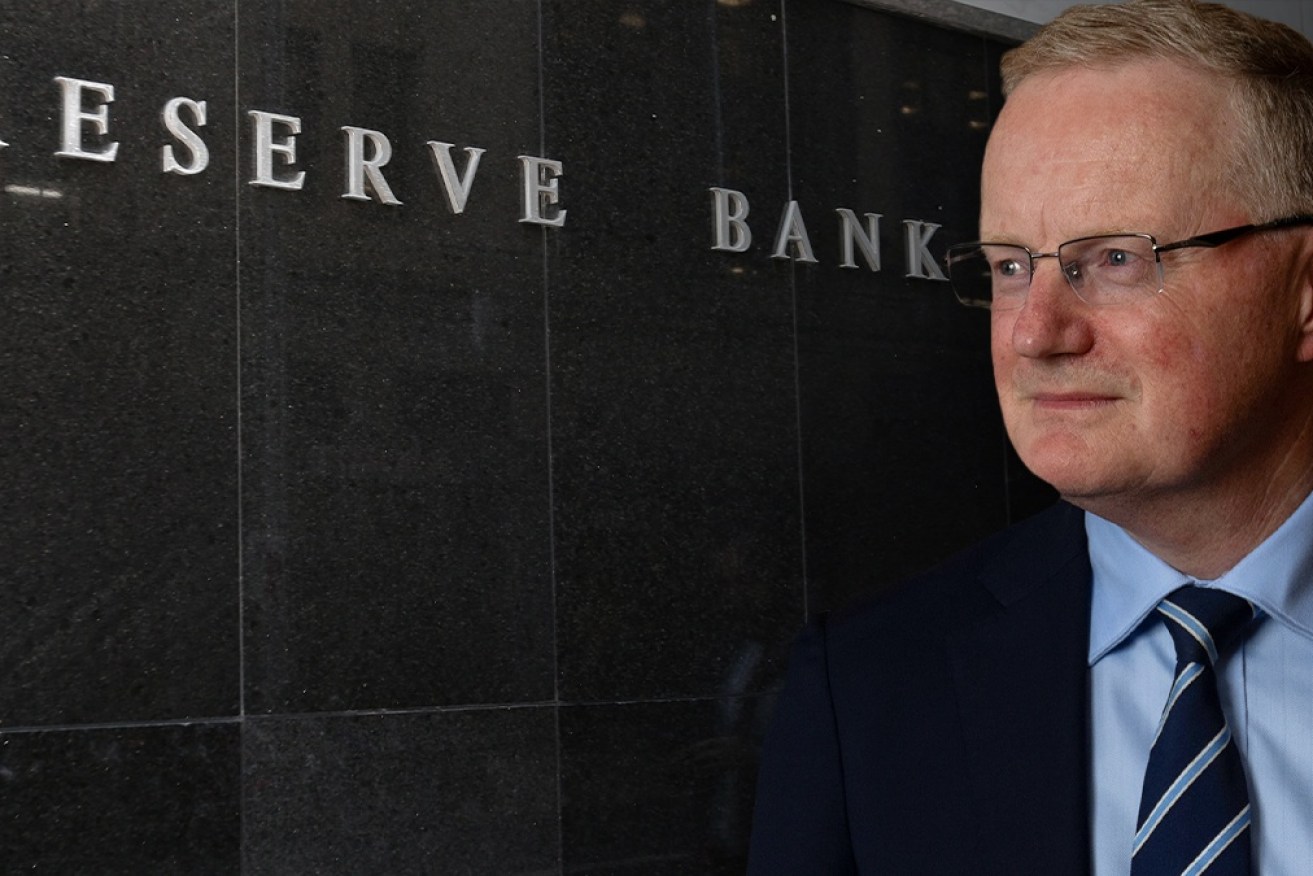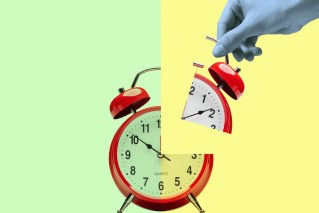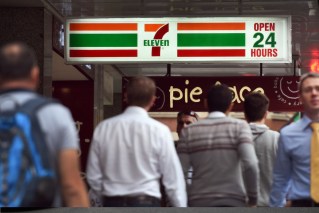Michael Pascoe: RBA jawbone has done its job with consumers


The RBA's actions appear to be having the desired effect with consumers, Michael Pascoe writes. Photo: TND
Consumer sentiment normally has a pronounced political bias – voters for the government of the day survey more optimistically than those supporting the opposition.
Coalition v ALP supporter sentiment flips immediately upon a change of government.
It happened again on May 21, Coalition voter confidence plunging while Labor supporter sentiment pick up a little, but the usual gap hasn’t lasted.
There’s now less than a point’s difference between the two tribes in the latest Westpac-Melbourne Institute survey.
And both are feeling decidedly pessimistic.
Despite the lowest unemployment rate in a generation or two, consumers are saying they are particularly negative about the outlook for family finances.
Smoothing out the monthly gyrations of the survey, the trend reading is worse than during the depths of the COVID-19 recession, which is more than a little extraordinary.
Such is the power of the Reserve Bank’s other weapon – the jawbone.
Despite all the headlines, the RBA’s actual cash rate increases haven’t had much impact at all on the vast majority of people’s finances – remember only about a third of us have a mortgage, many of those mortgages have been substantially paid down, and rates haven’t risen much in outright terms anyway.
But those headlines, often playing up the most dire predictions for how far interest rates will go and mentioning the R word (recession), are talking people into fearing higher rates.
In the words of the Westpac economics team, the latest dive in sentiment is “mainly driven by consumers’ increasingly pessimistic expectations of family finances in the next 12 months and a considerable decline in their buying intentions for major household items, likely reflecting the impacts of rising interest rates and inflationary pressures”.
Thus, the RBA governor’s jawbone appears to be working, talking people into curtailing their buying and thus avoid the need for rates to go as high as people fear.
As the ABC has reported, there’s a split in the big four banks’ economics departments about how far the RBA will go.
Despite what its own survey reports, Westpac and ANZ are tipping the cash rate to run to 3.35 per cent this year. The CBA and NAB suspect the RBA will take the cash rate to a theoretically “neutral” figure of about 2.5 per cent and pause.
With the caveat that forecasting is a mug’s game, I’m in the latter camp. The RBA has good reasons to be wary of pushing rates too far too fast.
What’s more, the RBA’s forecasts in its Statement on Monetary Policy on Friday showed the economy risks deteriorating more than would be comfortable.
The central forecast is for economic growth to slow to a lacklustre 1.75 per cent for the year ending December 2023 and unemployment rising to 4 per cent by the end of 2024 as inflation retreats to 3 per cent, the top of the RBA’s target range.
As reported enough times already, most of the inflation we’re feeling won’t be influenced by higher rates. The feared “wage-price spiral” isn’t to be found in the broader economy.
“The share of firms in the bank’s liaison program reporting annual wages growth above 3 per cent has increased from around 25 per cent in late 2021 to 40 per cent in the June quarter,” says the RBA’s SoMP.
Turn that around for a moment: 60 per cent of firms are still reporting wages growth of less than 3 per cent – less than half the inflation rate. Wages growth continues to go backwards in real terms.
The RBA reports “around 60 per cent of firms expect that wages growth over the year ahead will be higher than current rates”. Given how sluggish most current rates are, that’s not necessarily much.
Negative consumer sentiment says to me that many people aren’t expecting to get decent wage rises.
The RBA is only forecasting growth in the wage price index to pick up to about 3.5 per cent in the middle of next year and maybe 3.75 per cent by the end of 2024. That’s hardly earth-shattering and actually the sort of growth the RBA used to hope for.
A graph in the SoMP underlines how poorly the WPI is expected to perform after inflation as purchasing power is eroded.
Another earnings measure, average earnings per hour, does a little better as it takes into account bonus payments, overtime and workers getting paid more by moving employers.
It still doesn’t look scary and, in terms of standard of living, the after-tax impact isn’t nearly as good. (But just about everyone overlooks that.)
But just to show how uncertain and confusing the economic outlook can be, consumer sentiment wasn’t the only survey issued on Tuesday. The NAB economics team released in July business survey – and it’s doing the opposite of the consumer survey.
Business confidence, trading conditions and profitability are all up strongly. Capacity utilisation is at a record high – which does indicate possible inflationary pressure.
Yes, labour costs are up, running at 4.6 per cent, “likely reflecting a combination of new hiring, increased hours, bonus payments and underlying wage increases, including the minimum wage decision taking effect”, according to NAB.
Importantly for inflation watchers, the higher costs coming from new hirings and bonuses don’t keep adding to inflation – they work their way through the numbers in time.
And as IFM Investors’ chief economist Alex Joiner observed while considering the big gap between business and consumer confidence, household spending accounts for about 53 per cent of the real economy.
In the end, the consumer outlook counts more than the business outlook.
The RBA jawbone is working well.











